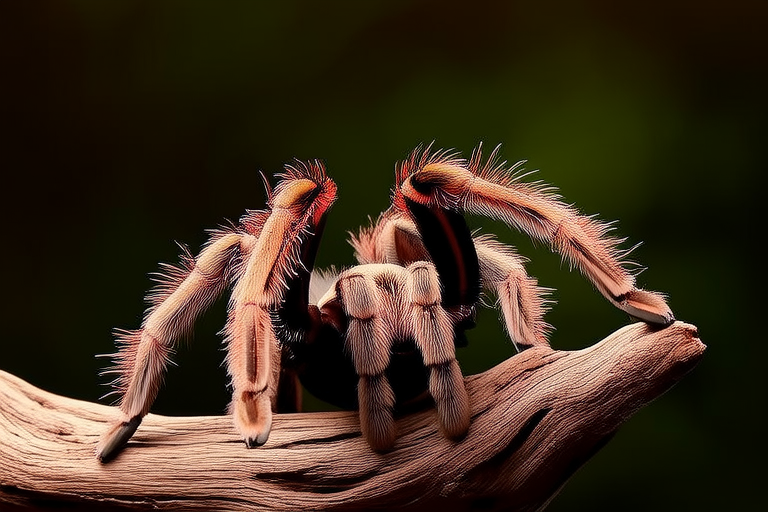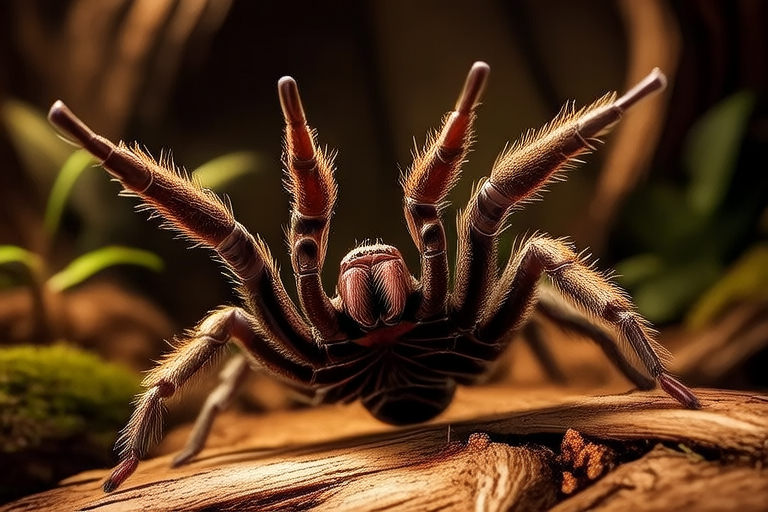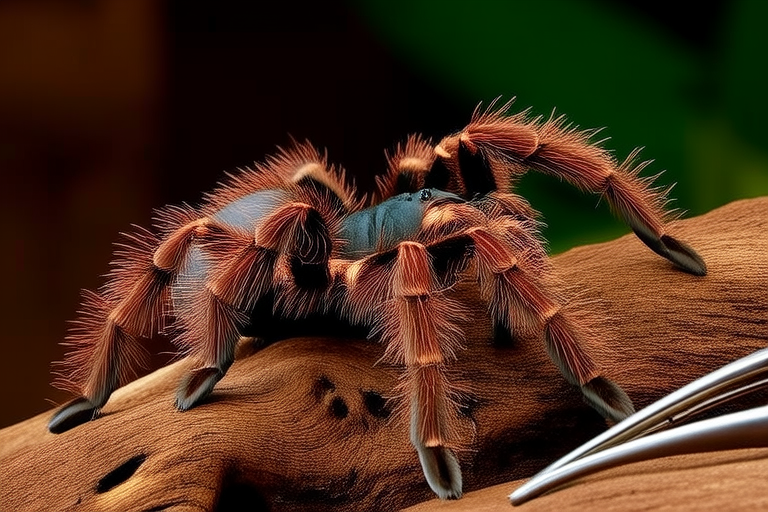
From Fear to Fascination: The Truth About Tarantulas as Pets
Welcome to the world of tarantulas! These eight-legged wonders have long been shrouded in myths and misconceptions. Often feared due to their size and reputation, tarantulas can actually be captivating pets. This article will guide you through the truth about tarantulas, from dispelling common myths to providing essential care tips.
Dispelling Myths: What’s True and What’s Not?
One of the most pervasive myths about tarantulas is that they’re aggressive and dangerous. In reality, these arachnids are quite docile and rarely pose a threat to humans. Another misconception is that all tarantulas are venomous. While it’s true that tarantulas have venom, it’s generally mild and only poses a minor risk to humans, similar to a bee sting.
Contrary to popular belief, tarantulas don’t seek out human contact. They’re solitary creatures that prefer to spend their time in dark, quiet environments. Their primary goal is to avoid predators and find food. When they do interact with humans, it’s usually because they’ve been startled or feel threatened.
Care Requirements for Your Tarantula
Tarantulas have specific care needs to thrive in captivity. A well-maintained habitat is crucial for their health and happiness. Start by providing a spacious enclosure, ideally with a floor area of at least three times the spider’s leg span. Use a substrate like coconut fiber or peat moss to maintain humidity levels between 60% and 80%. Add hiding spots, such as cork bark or small caves, to give your tarantula a sense of security.
Temperature and lighting are also important factors. Maintain a temperature range of 75°F to 85°F (24°C to 29°C) and provide a 12-hour light cycle using a low-wattage bulb or a heat mat. Avoid direct sunlight to prevent overheating.
Suitable Habitats for Your Tarantula
The type of enclosure you choose depends on the species of tarantula. Some species, like the Mexican red-knee tarantula, are terrestrial and require a deep layer of substrate for burrowing. Others, such as the pinktoe tarantula, are arboreal and need branches or cork bark for climbing.
Regardless of the species, ensure the enclosure has proper ventilation to prevent mold growth and maintain air circulation. A water dish is necessary but should be shallow to prevent drowning, especially for young tarantulas.
Diet and Feeding Tips
Tarantulas are carnivorous and feed primarily on live insects. Crickets, mealworms, and dubia roaches are excellent choices. Feed your tarantula once or twice a week, depending on its size and age. Remove uneaten prey after a day to prevent contamination.
It’s important to gut-load feeder insects before offering them to your tarantula. This means feeding the insects a nutritious diet rich in vitamins and minerals. Dusting the insects with calcium powder is also beneficial, especially for female tarantulas during molting.
Handling Tips for Your Tarantula
Handling tarantulas requires patience and care. Always wash your hands before interacting with your pet to remove any odors that might attract prey. Gently place your hand in front of the tarantula and allow it to crawl onto your palm. Never grab or squeeze the spider, as this can cause stress or injury.
If your tarantula attempts to flick urticating hairs (hairs from its abdomen), it’s a sign of distress. These hairs can irritate skin and eyes, so handle the spider carefully. If you get some on your skin, rinse the area with water and apply a cold compress if needed.
Unique Behaviors and Characteristics
Tarantulas exhibit fascinating behaviors that make them intriguing pets. One of the most notable is their molting process, where they shed their exoskeleton to grow. During this time, they may become reclusive and stop eating. It’s essential to provide a humid environment to aid in the molting process.
Another interesting behavior is their ability to communicate through vibrations. Tarantulas can detect subtle movements in their environment, which helps them locate prey and avoid predators. You can observe this by gently tapping the enclosure; your tarantula may respond by moving toward the source of the vibration.
Choosing the Right Species
For beginners, it’s best to start with a docile, hardy species like the Chilean rose tarantula or the Mexican red-knee tarantula. These species are less likely to bite and have forgiving personalities. As you gain experience, you can consider more challenging species like the Goliath birdeater or the pinktoe tarantula.
When selecting a tarantula, look for one that’s active and alert. Avoid any spiders that appear lethargic or have missing limbs. It’s also wise to purchase from a reputable breeder who can provide information about the spider’s history and care requirements.
Where to Acquire a Tarantula Responsibly
Responsible acquisition is key to ensuring your tarantula’s well-being. Purchase from reputable breeders or pet stores that prioritize animal welfare. Avoid buying from online sources or markets where the origin of the tarantula is unclear. Supporting ethical breeders helps preserve wild populations and ensures healthier, better-adapted pets.
Ongoing Education and Resources
Continuing your education about tarantulas is essential for providing the best care. Join local or online communities dedicated to exotic pets to connect with other enthusiasts and share experiences. Books, articles, and documentaries offer valuable insights into tarantula biology, behavior, and care.
Stay updated on the latest research and trends in tarantula husbandry. Attend workshops or seminars to learn from experts and expand your knowledge. Remember, responsible ownership involves lifelong learning and commitment to your pet’s well-being.
In conclusion, tarantulas can be fascinating and rewarding pets for those willing to invest time and effort into their care. By understanding their unique needs and behaviors, you can create a thriving environment for your tarantula. Embrace the journey from fear to fascination and enjoy the company of these incredible creatures.





